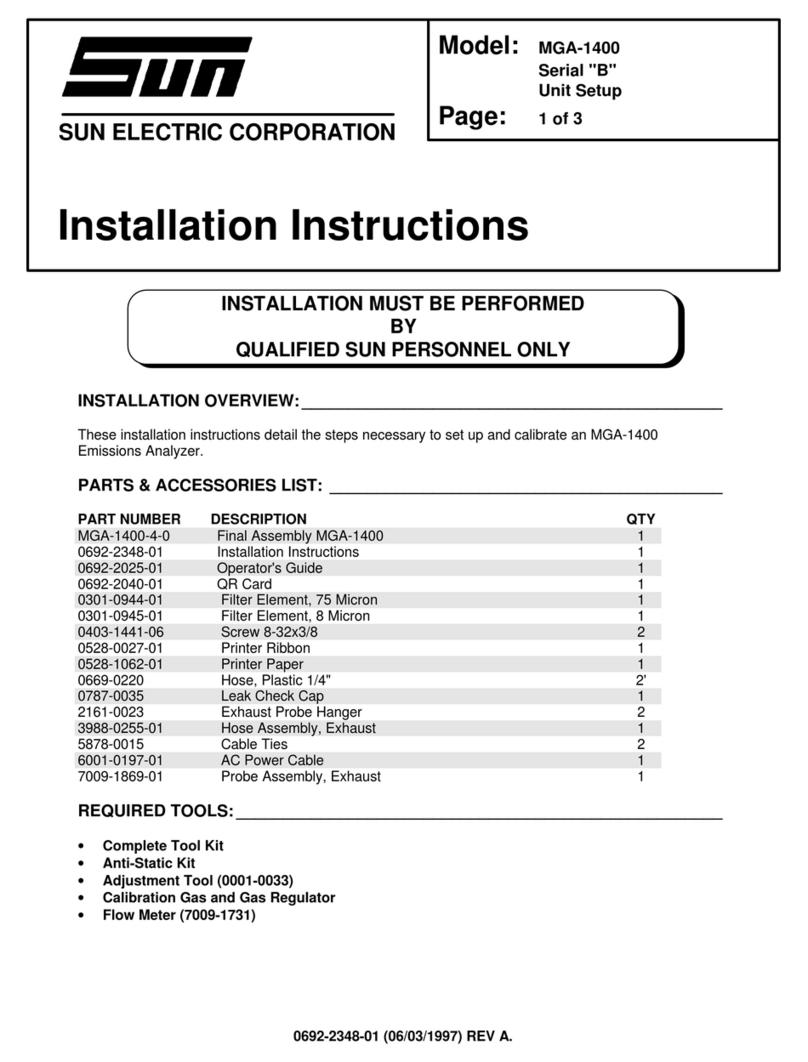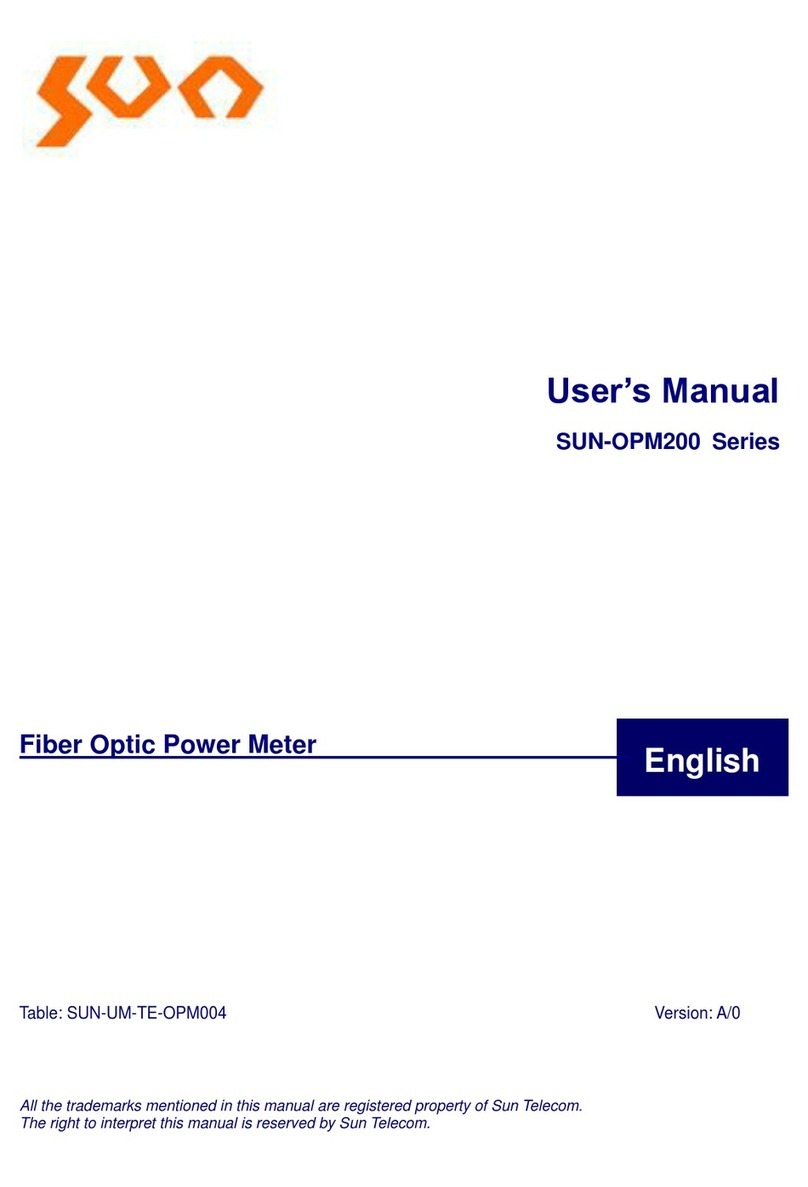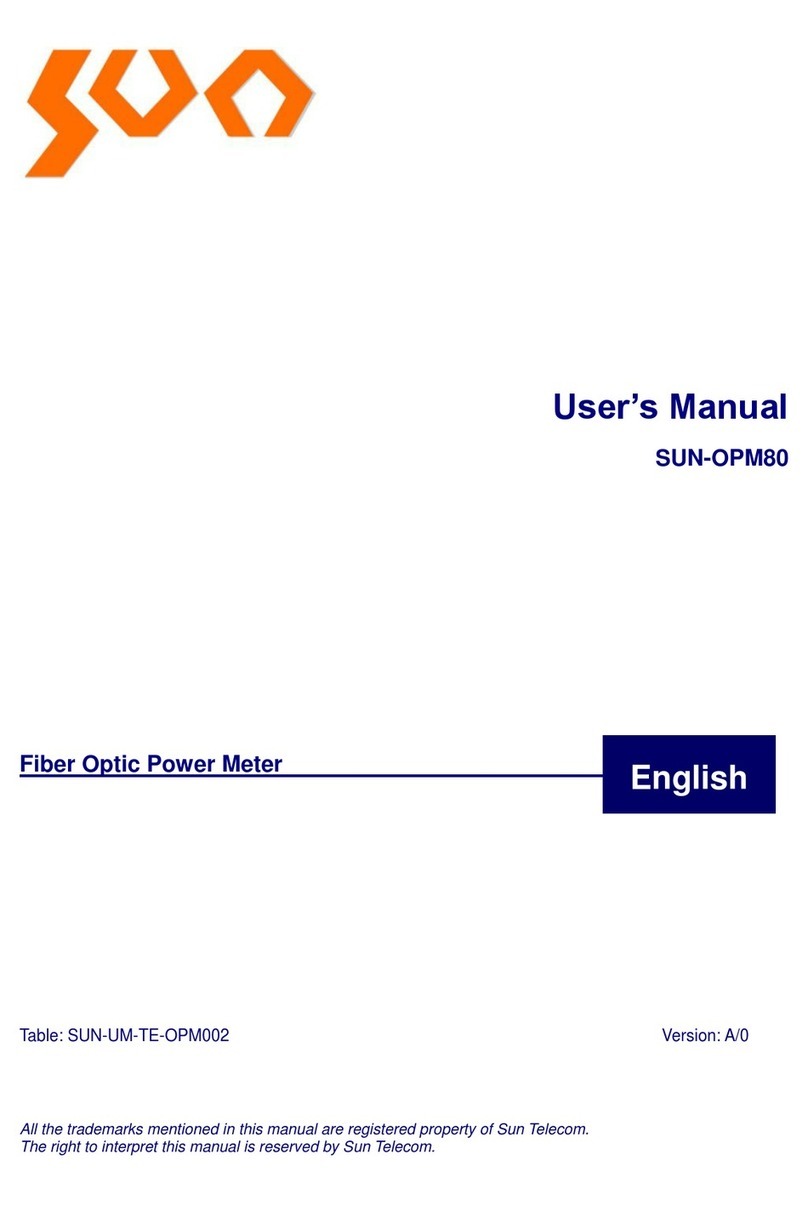
5.2
The Gas Analyser Maintenance Menu............................................. 19
5.3
Gas Analyser Maintenance Menu Options....................................... 20
5.4
Gas Analyser System Settings ........................................................ 21
5.5
Gas Analyser System Information ................................................... 22
5.6
Print................................................................................................. 24
6
Preparatory Steps…………………………………………26
6.1
Connections.................................................................................... 26
6.1.1
Power Connections............................................................ 26
6.1.2
Data Connections.............................................................. 26
6.1.3
Gas Module Pneumatic Connections................................. 27
6.2
Start-Up........................................................................................... 27
6.2.1
Power Up........................................................................... 27
6.2.2
Gas Analyser Start-up........................................................ 28
6.2.3
Warm up............................................................................ 28
6.2.4
Zero-calibration.................................................................. 29
6.3
Daily Leak Check ............................................................................ 30
6.4
HC Residue Check.......................................................................... 31
6.5
Settings........................................................................................... 32
6.5.1
Fuel Type Selection ........................................................... 32
6.5.2
Speed Factor Setting ......................................................... 32
6.5.3
Lambda/AFR Selection...................................................... 32
6.6
Vehicle Connections........................................................................ 33
6.6.1
RPM Pick-Up..................................................................... 33
6.6.2
Oil Temperature Probe....................................................... 33
7
Operation - General........................................................34
7.1
Testing Tips.............................................................................................34
7.2
Measurement Procedure................................................................. 35
7.3
Shut Down Procedure ..................................................................... 36
8
Operation - The Free Measurement Procedure ...........38
8.1
The Free Measurement Screen....................................................... 39
8.1.1
Engine Speed Measurement Setup.................................... 41
8.2
Free Measurement Vehicle Setup ................................................... 42
8.3
Saving and Loading Vehicle Setups................................................ 44
8.4
Editing Limit Sets............................................................................. 46
8.5
Free Measurement Test Procedure ................................................. 47
ii






























